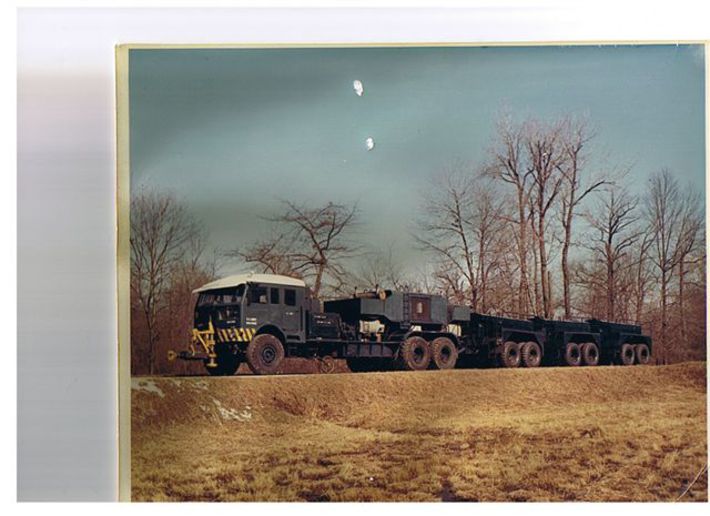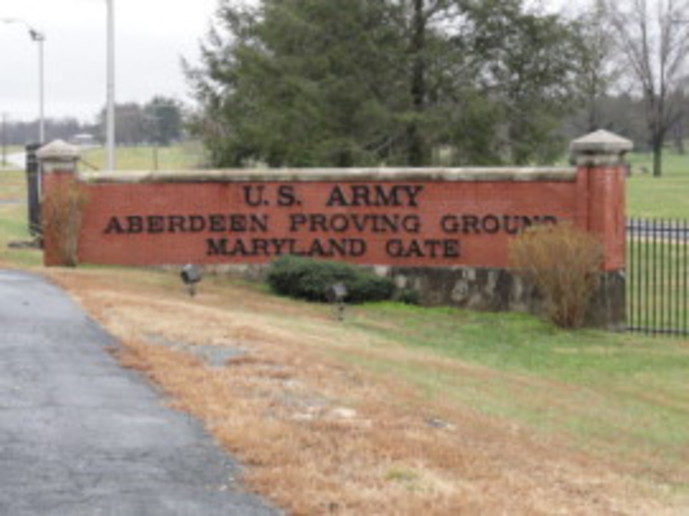Texasmark1
Well-known Member
Got this new 2014 fangled dangle calendar from the localish hardware store. It's a "Yesterday's Tractor" edition. Has tractors from a steamer, year forget, to internal combustion from 1936.
The question is taking a Case Model 200 for example, recalling cu. in. 258, drawbar hp, 27, belt 30 apparently on at least gas.
Since hp is torque x rpm and a constant of proportionality, and today you can get 1 hp per cu in in some engines, what was lacking in yesteryear?
Then assuming a 12% fuel-air mix and that many cubes to have to fill with this naturally aspired fuel mix and only getting 27 hp out of it were they not highly inefficient back when gas was a nickel a gallon.....oh and you toiled all day for $2?
Just curious,
Mark
The question is taking a Case Model 200 for example, recalling cu. in. 258, drawbar hp, 27, belt 30 apparently on at least gas.
Since hp is torque x rpm and a constant of proportionality, and today you can get 1 hp per cu in in some engines, what was lacking in yesteryear?
Then assuming a 12% fuel-air mix and that many cubes to have to fill with this naturally aspired fuel mix and only getting 27 hp out of it were they not highly inefficient back when gas was a nickel a gallon.....oh and you toiled all day for $2?
Just curious,
Mark



